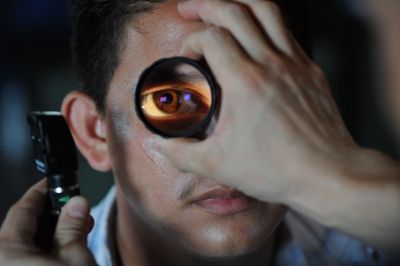
4 An multinational study team said Tuesday that routine eye exams may properly identify a person’s risk of stroke.
According to Xinhua News, the study, which was headed by the Centre for Eye Research Australia (CERA) in Melbourne, Australia, found a blood vessel “fingerprint” at the back of the eye that can be used to predict a person’s risk of having a stroke just as accurately as conventional risk factors without requiring invasive testing.
According to the study, fundus photography, a standard technique used in regular eye exams, may be used to evaluate the fingerprint, which is made up of 118 markers of vascular health.
The researchers analyzed fundus photographs of 45,161 individuals in the UK, with an average age of 55, using a machine learning method called the Retina-based Microvascular Health Assessment System (RMHAS).
749 patients had a stroke throughout the course of an average monitoring duration of 12.5 years.
Of the 118 variables, the researchers found that 29 were strongly linked to the chance of having a stroke for the first time.
About 17 of the 29 markers have to do with vascular density, which is the proportion of tissue that is made up of blood vessels. A higher risk of stroke is linked to low density in the brain and retina.
The research found that every change in density indicators was linked to a 10–19% higher risk of stroke.
Stroke risk was shown to rise by 10.5–19.5% as twistedness and complexity indices decreased.
“Given that age and sex are readily available, and retinal parameters can be obtained through routine fundus photography, this model presents a practical and easily implementable approach for incident stroke risk assessment, particularly for primary healthcare and low-resource settings,” said the investigators, who also came from Hong Kong.
According to the research, stroke affects more than 100 million people worldwide and results in around 6.7 million deaths annually; thus, early detection of those who are at risk is essential to lowering stroke-related mortality and disability.